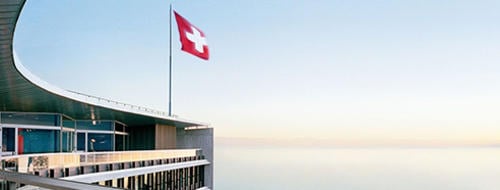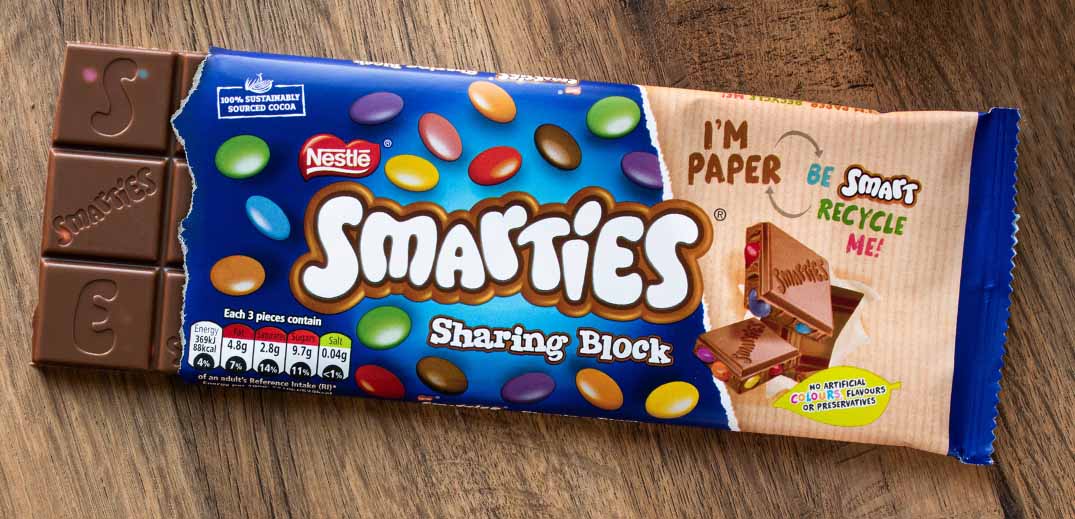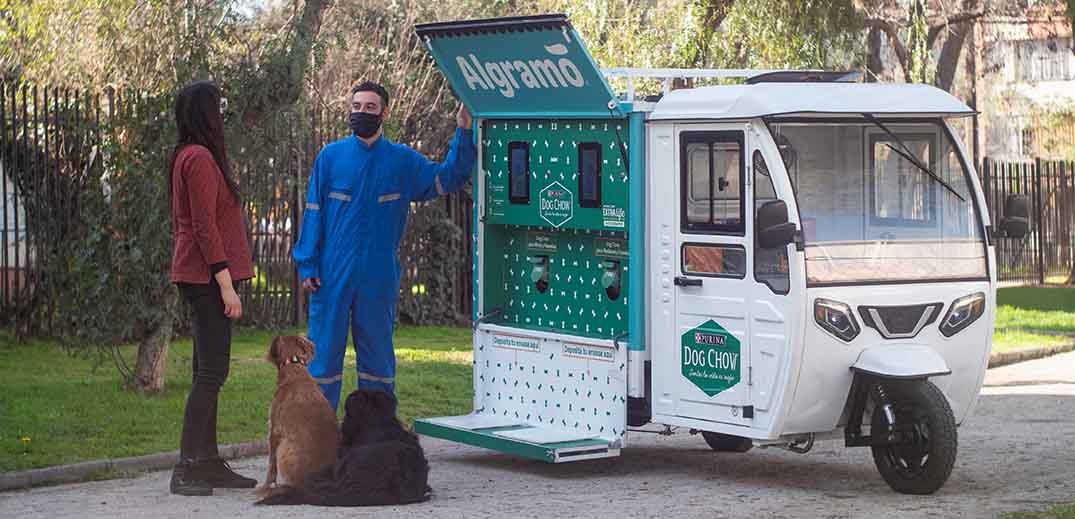Our world's greatest challenges rarely are solved by a single or linear solution. The pressing issue of plastic pollution is a case in point.
A recent study (pdf, 5Mb) demonstrates the gravity of this challenge. Researchers from the Pew Charitable Trusts and SYSTEMIQ, a company focused on systems transformation, found that without action, the yearly flow of plastic into our oceans will nearly triple by 2040. About 29 million metric tons of it would reach these waters – the equivalent of 50 kilograms of plastic on every meter of coastline worldwide.
The same report, though, offers reasons for hope. If companies and governments put already-available tools to work, the rate of such pollution could be reduced by 80%. But to achieve that goal, we’ll have to reimagine packaging and rethink recycling systems worldwide.
Nestlé's five-pillar approach does precisely that. We are helping to solve this environmental issue: by reducing our use of packaging material; scaling reusable and refillable systems; using new and recyclable materials for packaging; investing in waste management infrastructure and finally, working with consumers and society in general to encourage responsible behavior.
We understand the unique role that our company can play in driving in positive change. We recognize, too, that we deliver more than 1 billion products a day, serving consumers all over the world, many of whom depend upon us for their foods and beverages. We know that how we respond to the world's urgent environmental needs is not just about doing the right thing, but also about trust.
Pioneering alternative materials
Nestlé realizes that waste management must start at the source: our packaging. At our Nestlé Institute of Packaging Sciences, the food industry's first such enterprise, 50 researchers spend their days developing new, more environmentally friendly packaging. They consider every aspect of packaging – material, size, shape, thickness and more – to find ways to limit the use of plastic. Launched in 2019, the institute's efforts are paying off. We've already launched 100% recyclable paper packaging for a number of products, including Nesquik pouches, YES! snack bars and in January 2021, Smarties became the first global confectionery brand to switch to recyclable paper packaging.
Top of mind for our researchers is food safety, in which packaging plays a critical role.
Plastics offer a unique combination of quality and cost effectiveness – which are of particular importance in vulnerable and underserved communities. We are dedicated to using recycled plastics, rather than new 'virgin' plastic, and ensuring that consumers can recycle our packaging.
Today, about 87% of our total packaging by weight and 66% of our total plastic packaging is already recyclable or reusable; by 2025, all of it will be. We've committed to reducing our use of virgin plastics by one-third by 2025, using new packaging materials, new modes of product delivery and recycled plastics instead. Taking all of these actions collectively means we will also reduce our carbon emissions.
Shaping a waste-free future
Although the focus on packaging will go a long way, waste management systems worldwide must be equipped to handle the world's growing food and nutrition needs. Nestlé is making significant investments in recycling systems so we can meet our ambitious goals, but also so that communities around the world are positioned to be part of the solution. Our work with Project STOP and the Closed Loop Leadership Fund are two such examples.
Today, sourcing food-grade recycled plastics is much more expensive than sourcing virgin plastics. That's why we're investing more than CHF 1.5 billion to source 2 million metric tons of food-grade recycled plastics over the next five years. After this initial investment, we'll be able to use this material for generations to come, as it is recycled and reused again and again.
Driving new behavior
Additionally, Nestlé is engaging with consumers, retailers and communities to stimulate new behaviors. Through partnerships and new programs, our goal is to help make recycling an easy, seamless process.
We recently introduced a new app in Italy, for instance, that lets consumers scan an item's bar code to learn how and where to recycle it. We've also introduced pilot programs in Chile, Switzerland, France, Canada and the U.S., that offer a new shopping experience for Nestlé brands through refillable and reusable packaging solutions.
Scaling solutions
We recognize that a global strategy to solve the urgent problem of packaging pollution has been fragmented, and at times elusive. But as with other environmental imperatives, we must accelerate our efforts to find solutions. We must act now, and we must improve and invest along the way. With Nestlé's three-pillar approach, we're taking clear steps to achieve our vision that none of our packaging ends up in landfills, rivers or the ocean.
We know that we have more work to do, and we're eager to help drive the needed change. Along the way, we'll share our successes while learning from others. We are committed to putting our size and scale to work to reduce packaging waste today and for generations to come.









